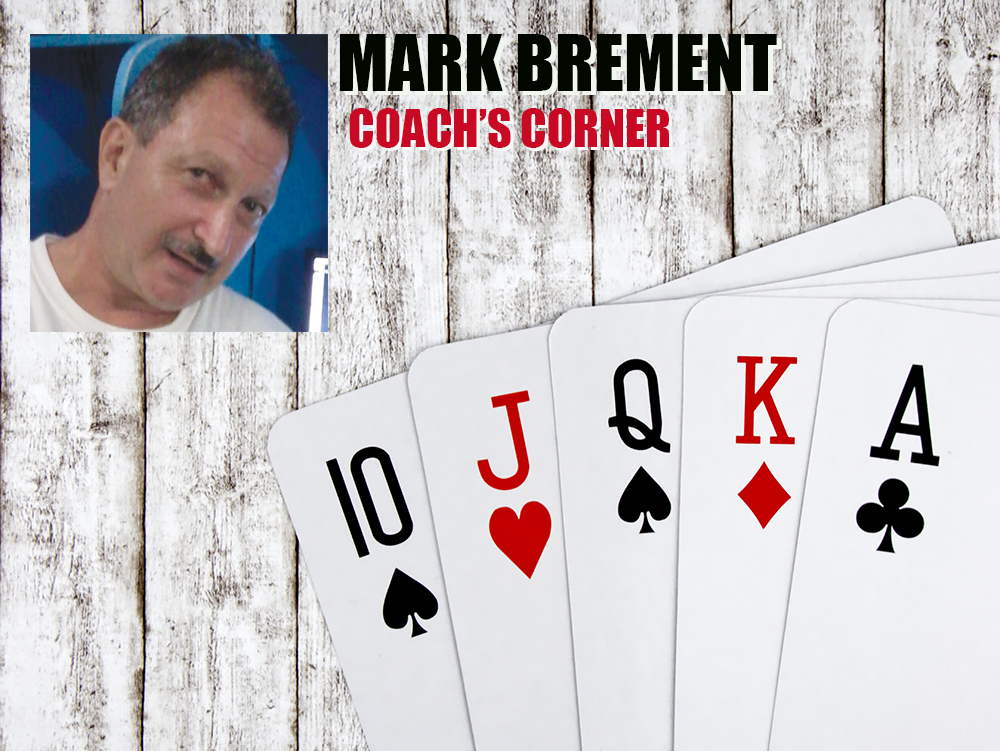Recently, I played in a tournament at Casino Del Sol in Tucson, Ariz., and placed fourth for $3,717. There were several situations where my stack size dictated my decision on whether to put my money in the middle. I have a few ideas to share on these decisions:
SHORT STACK: I bagged my chips after Day 1. The count was 26K. On Day 2, blinds started at 800-1,600 with a 200 ante.
Many players have been taught that if you have fewer than 10 big blinds, it’s time to look for a push situation. While this is an accurate rule of thumb, and indeed many players wait far too long to make a move, my assessment was I needed to double-up and get my money in the middle without letting my stack deplete. There are three factors that come into play that dictate my decision: fold equity, tournament speed and gap factor.
FOLD EQUITY: On Day 2 after only three hands, I had a suited ace in the big blind. There was a standard raise and it folded to me. I pushed all-in because my opponent was likely to fold as 26K chips represented more than a third of his stack and I most definitely was not looking for a call.
Imagine if I had 16K chips, which would have been 10 BBs. I have lost any fold equity that I have and he would call me for sure. Therefore, I picked a strong spot. My opponent tanked for more than a minute and finally called my shove. Most tournament victories have a lucky hand and this was mine. But let’s not get lost in the result. Of most importance is that I wasn’t willing to wait it out and recognized if I was going to get deep to the final table, it was time for action. There were far too many short stacks and these players were waiting far too long to get all-in.
TOURNAMENT SPEED: The blind structure and, specifically, how fast the blinds increase make a great deal of difference as to when a player must take action and move all-in. For example, if rounds were an hour long, it should be obvious that I must wait for a better spot to push.
GAP FACTOR: It takes a much stronger hand to call a raise than to make a raise. Stack size is extremely important in determining when we are going to get our money all-in. Tied in to this important decision is the speed of the tournament.
Keep these factors in mind when you get short-stacked and you’ll be sure to reap the benefits.
— Mark Brement has spent 15 years teaching and coaching all facets of poker, including at Pima CC. Email him at brementmark@gmail.com.




